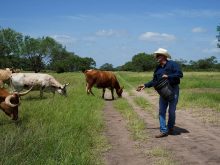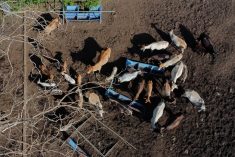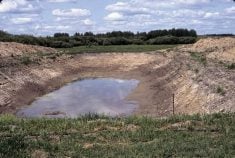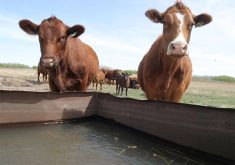Rodent poisons, also known as rodenticides, have long presented a hazard to animals other than their intended victims. Dogs and wildlife such as owls, hawks, eagles and other raptor bird species are frequently exposed to these products.
The consequences of poisonings have increased with development of second-generation products, which have a significantly longer effect on blood clotting compared to the original warfarin-type first generation compounds.
These molecules work by disrupting the liver’s production of blood clotting factors that require vitamin K. With diminished ability to stop bleeding, animals bleed to death.
Read Also
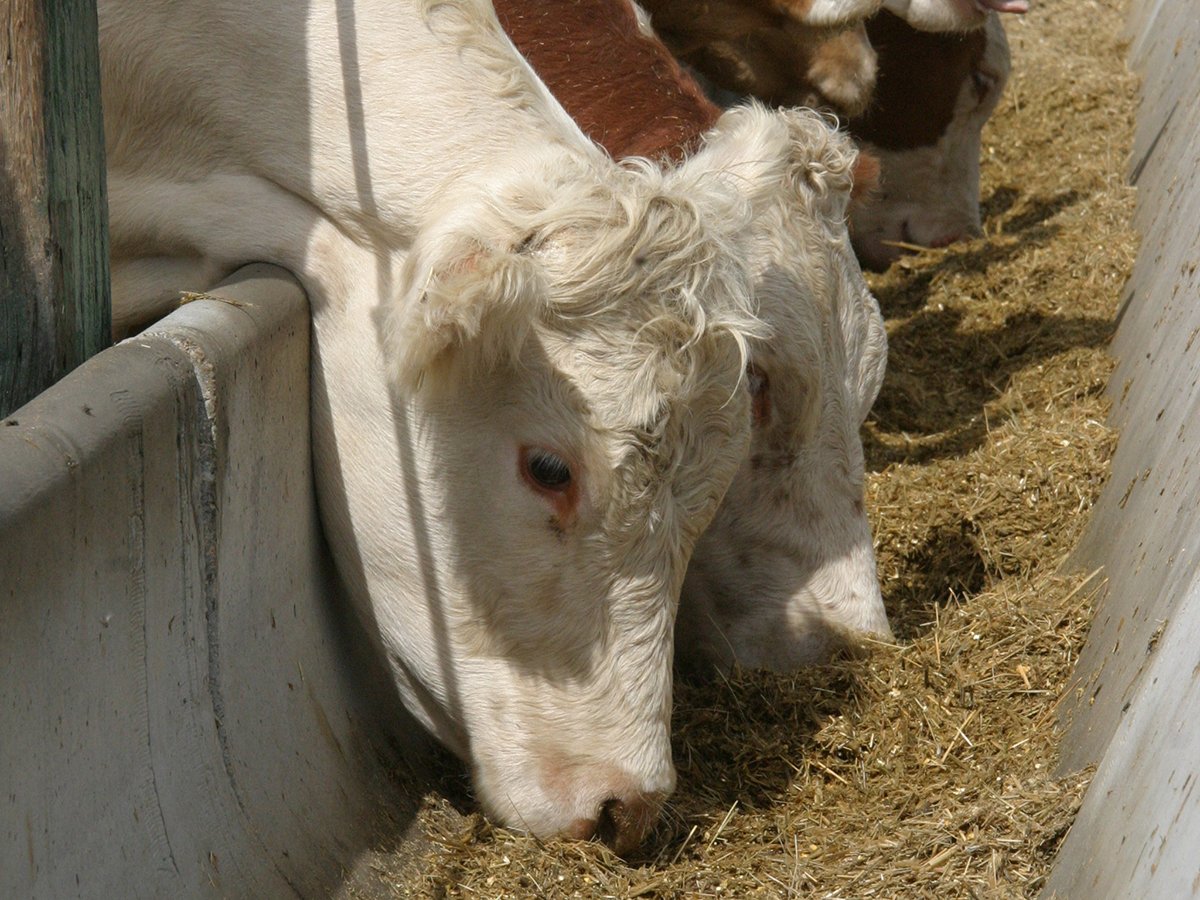
Alberta cattle loan guarantee program gets 50 per cent increase
Alberta government comes to aid of beef industry with 50 per cent increase to loan guarantee program to help producers.
A recent study by researchers at the Western College of Veterinary Medicine at the University of Saskatchewan examined 349 historical cases of rodenticide poisoning in dogs.
The dogs were treated between 1999 and 2022 at the Veterinary Medical Centre, the teaching hospital associated with the vet school. There were several interesting take-aways from this study, which was published in the Canadian Veterinary Journal.
The first is that 92 per cent of poisonings occurred from eating second generation anticoagulants. This is the type that has a lingering, prolonged effect on blood clotting to increase its effectiveness at killing rodent pests.
Unfortunately, it also means that dogs and other animals that consume it are at risk of developing severe bleeding.
This type of poison undergoes a process called enterohepatic recirculation. The active ingredient is taken up by the liver, then excreted in the bile into the intestines, where it can be reabsorbed and cause its ill effects all over again. This recirculating makes second generation products particularly nasty to treat because their effects can last so long after exposure.
Lethargy, which in dogs can look like a lack of energy, increased sleeping and inability to exercise, was present in 86 per cent of cases. This challenging clinical sign is non-specific and could be attributed to any number of illnesses.
Because of how these poisons work, spontaneous bleeding without direct tissue damage or trauma is a key feature. Dogs in this study experienced bleeding in a wide variety of internal and external places.
External hemorrhages can be noted from the eyes, nose, under the skin and from the genitals. Less readily noticed but potentially just as serious is bleeding at internal locations including the mouth, lungs, intestines, abdomen and inside the eyes.
Nearly half the dogs in the study had bleeding into their chest cavity. This manifested in clinical signs that included rapid and difficult breathing.
Bleeding in the chest can be difficult to identify. Diagnostic tests such as X-rays and sampling chest fluid can assist in making the diagnosis.
This study found that dogs with bleeding were more likely to survive if they received products such as whole blood or plasma transfusions in addition to supplemental vitamin K.
This makes sense because it takes time for the body to replenish depleted vitamin K-dependent clotting factors. Donated blood products tide the system over and get the bleeding to stop until the animal’s own production picks back up.
Studies such as this of cases that originated in Western Canada provide useful local information for vets and dog owners. Knowing that dogs are at risk of second-generation products and that chest hemorrhage is the most frequent site of bleeding can help direct prevention and treatment.
If you suspect your dog has gotten into rodenticides, contact your veterinarian right away. Since there are many product types, keep the packaging so treatment can be directed at the specific poison.
The use of rodenticides shouldn’t be done carelessly. Most dogs directly ingest the poison from a storage container or from a rodent’s stash. It is less common for them to be poisoned from eating a rodent that has ingested the rodenticide.
Regardless, it is wise to remove rodent carcasses when possible and use bait stations to decrease the exposure of non-target species such as dogs and wildlife to these poisons.
Dr. Jamie Rothenburger, DVM, MVetSc,PhD, DACVP, is a veterinarian who practices pathology and is an assistant professor at the University of Calgary’s Faculty of Veterinary Medicine. X: @JRothenburger



